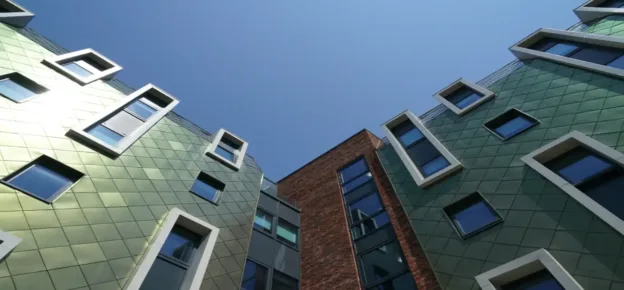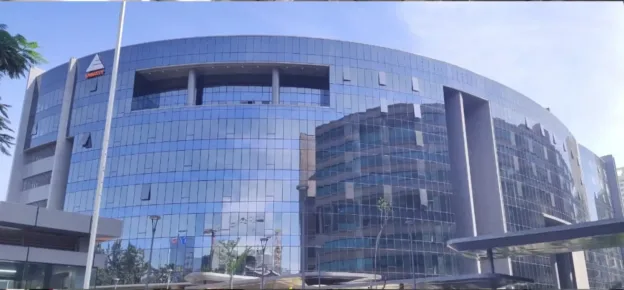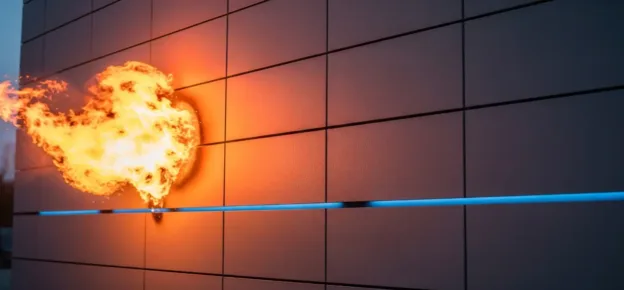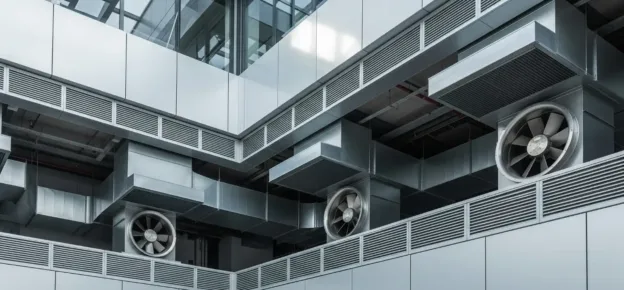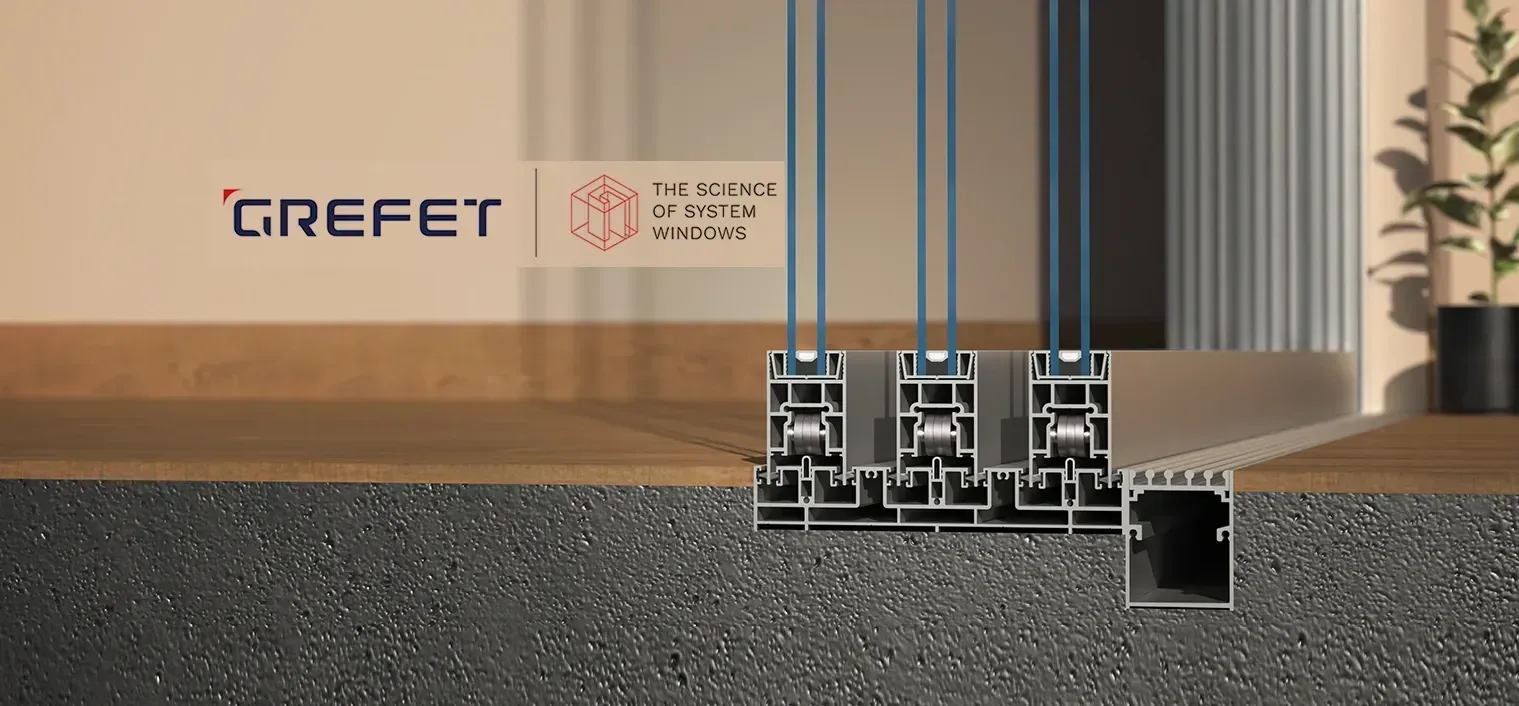What Are The Common Causes Of Building Fires?
Electric origin is seen to be the main cause of most of the fires (about 67%), not only in Delhi but all over the country. This may be due to short circuits, overloading, faulty or damaged wiring, use of non-standard equipment, or non-use of safety devices like MCB/ELCB/RCCB, etc. The cause of the start of the fire may also be attributed to the non-use of properly rated Copper conductors, which is understood to be the main reason for non-tripping of the safety devices.
The cause of a fire is not properly investigated in India, and the statistics are based on the report prepared by the officers attending any fire. Many of the fires could be attended by a very junior-level person, i.e. a leading fireman or a sub-officer, who is not actually trained for such jobs. The investigation needs highly technical knowledge, inputs, skills, experience, etc.
Other causes of fires include careless smoking, droplights, loosely fixed candles and curtains, etc., near open flames. The use of fireworks on Diwali day reaches 4 times the average calls, indicating that fireworks are a major cause of fires on a particular day.
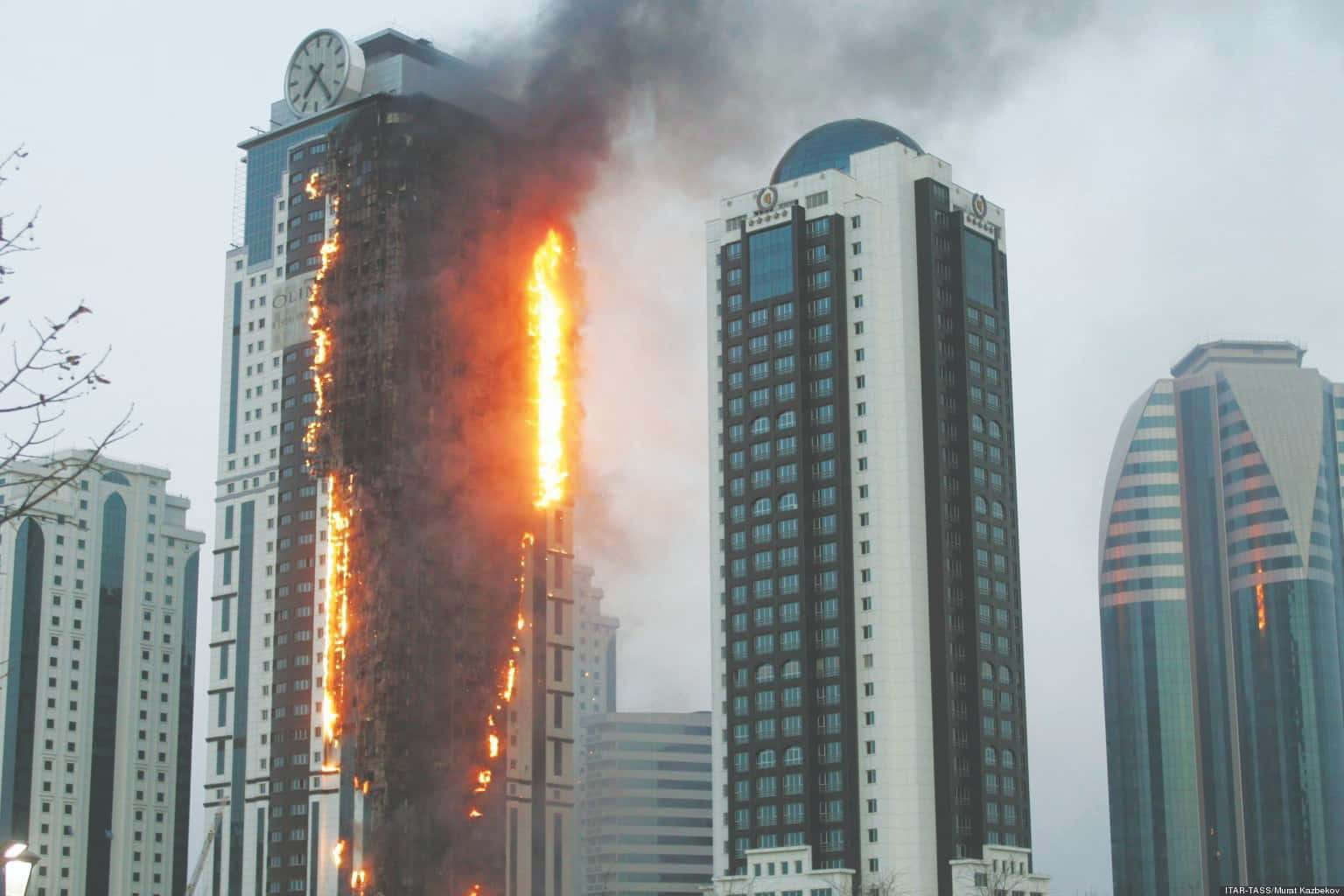
Please Throw Some Light On Various Façade/Fenestration Materials’ Reactions To Fire?
The façade materials behave differently depending on their chemical composition or the material used in construction, including frame and fixtures. ACPs are known to be flammable and capable of spreading fire through the external façade of the building. The Grenfell Tower fire in the UK is the example we have seen.
What Are The Parameters That Define The Performance Of A Fire-Retardant Façade/Fenestrations?
The parameters of any façade material should generally have the same performance as the walls (which is a 4-hour fire rating) or other components like doors.
What Are The Aspects To Consider While Designing And Installing Fireproof Or Fire-Resistant Façades And Fenestrations?
The main aspect to be considered for installing fireproof façades is that the joining of the façade & façade frame with the floors should be such that the smoke or fire is not able to penetrate through the joints and spread to the upper floors. The heat from the fire should not distort the frame for a pre-decided time, which is four hours as prescribed in the NBC part 4.

How Can Glass Be A Fire-Resistant Material? How Does An Interlayered Toughened Fire Glass Work?
Any glass material that can maintain the integrity, insulation and radiation control of the structure, for a required duration and is supported by a proper certification document, is generally acceptable to the fire department.
Fire-resistant glass is specially laminated to help the product withstand a high amount of heat. Fused Quartz and High Silica glass are known to provide perhaps the highest degree of fire resistance. Some glasses are known to withstand temperatures up to 1000 degrees. The glasses are available in different ratings and are capable of keeping the smoke & fire contained for a specific duration. Some glasses are used as sandwich-type glass, with an air gap between the layers for better insulation, etc.
Wired glasses are also available, which contain a wire mesh grid inside the glass that can resist heat levels up to a certain temperature. These are used in fire-rated doors as vision panels, or they were also used as fire doors in the earlier days when we did not have proper fire-rated doors.
Explain Active And Passive Systems For Fireproof Façades/Fenestrations? How Can We Prevent Fire From Spreading?
The passive measure for a glass façade includes applying any lamination or fire-retardant chemicals/coatings on the frame holding the glass. The glass façade using the required fire rating has, in a way has required passive measures built into it.
For active measures, the automatic sprinkler system is considered useful to increase the duration of spread.
What Are Fire Barriers And Fire-Stopping Systems?
A fire barrier is literally a physical or any other type of barrier, including using a fire retardant curtain/ glass/ any other material to prevent the spread of smoke/fire, horizontally or vertically, from the affected part of the building to the unaffected portion. Barriers are also used to hold the smoke in a coffer created at ceiling level to hold back the smoke and enable its removal through a suitable system of ducts and exhaust fans through a mechanical arrangement.

What Is The Need For Fire-Rating Requirements On The Façade/Doors/Windows And The Exterior Wall Systems?
Fire rating is necessary for any glass when it is used as a part of the structure in any building in order to meet the integrity, stability, insulation criteria, etc. Fire-rated metal or wooden doors are also available, meeting different rating criteria.
The fire doors are tested as per international standards (BS- 476 part 20 & 22 and IS-3614 part 2) or other equivalent standards. The physical properties determine the fire retardancy of any material. Aluminium is a good conductor of heat and melts at a low temperature of about 660°C.
The ACPs (Aluminium Composite Panels) may look good from an aesthetic point of view and have other advantages, but are not considered safe from a fire safety angle.
Fire-rated doors are being used in almost all the high-rise buildings and underground metro stations in Delhi, to protect means of escape and to prevent the spread of smoke/fire in the event of any fire.


